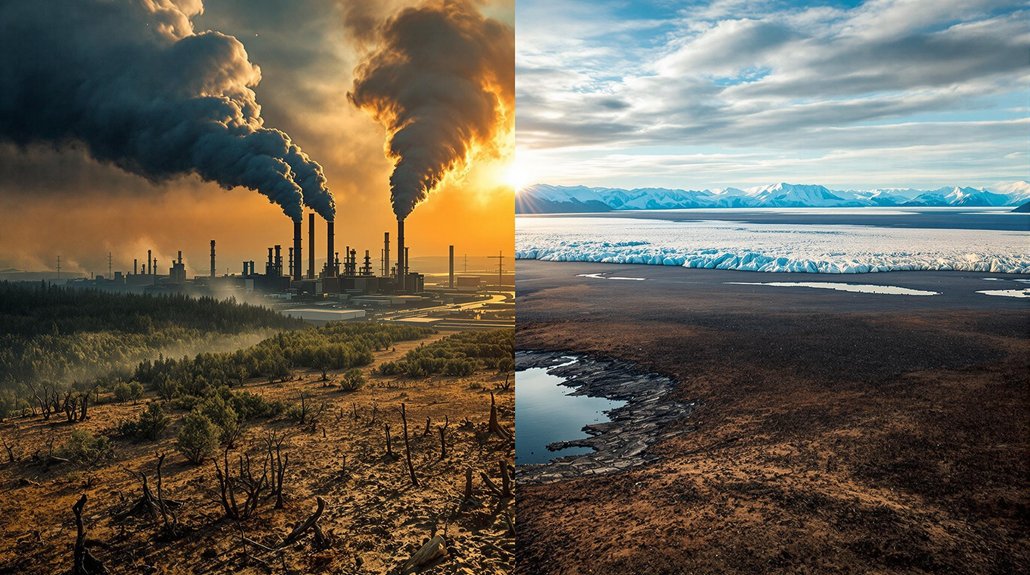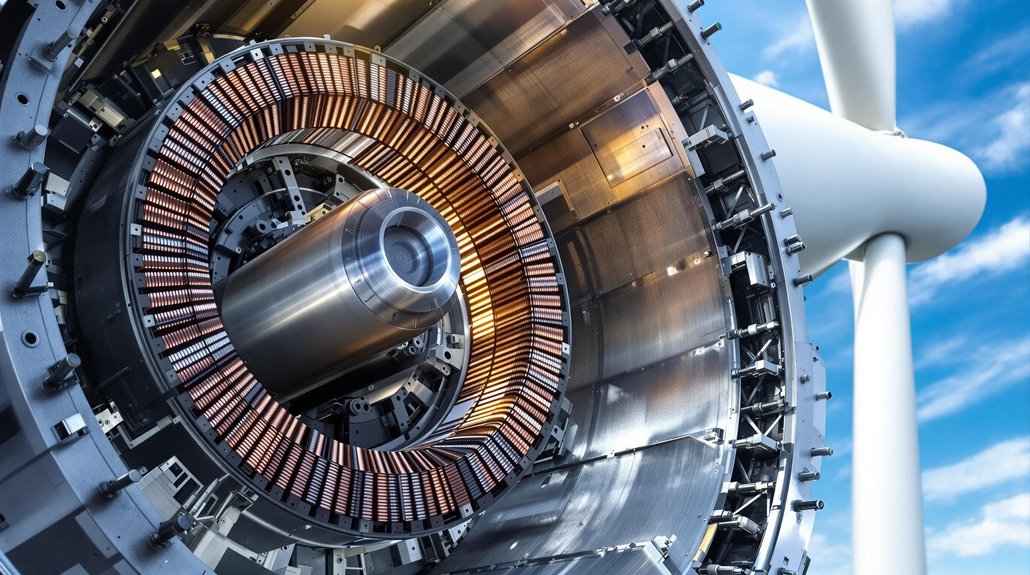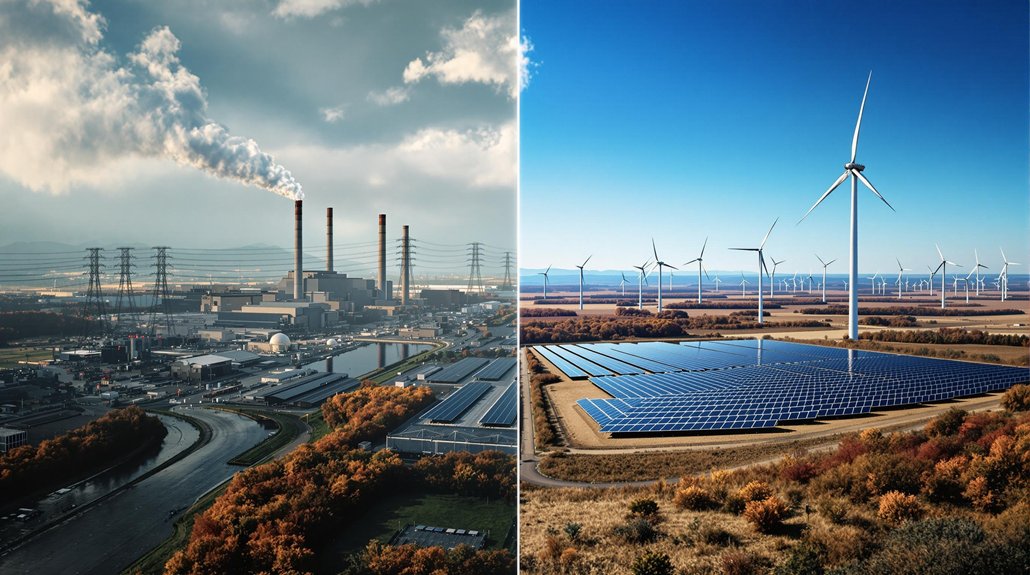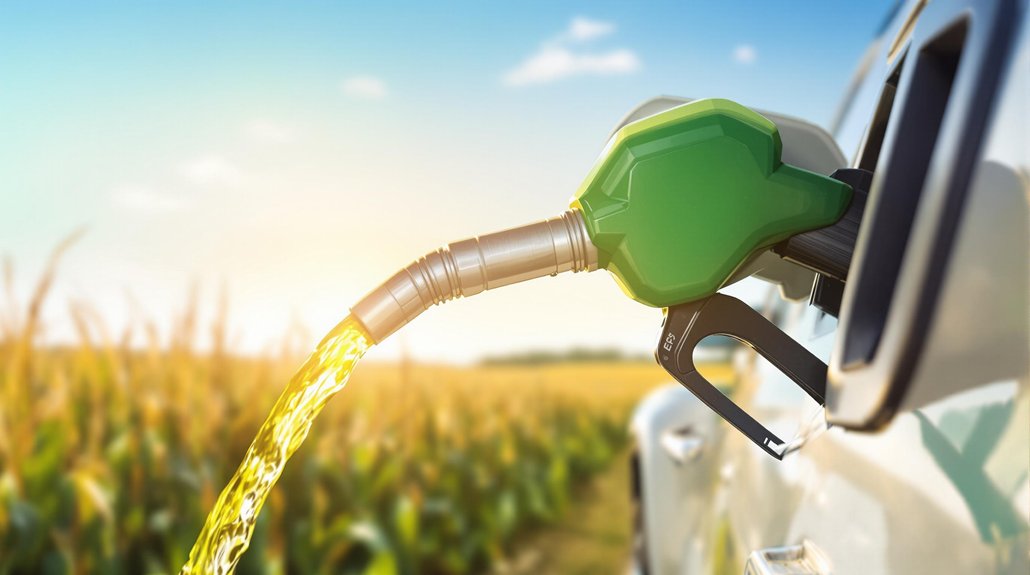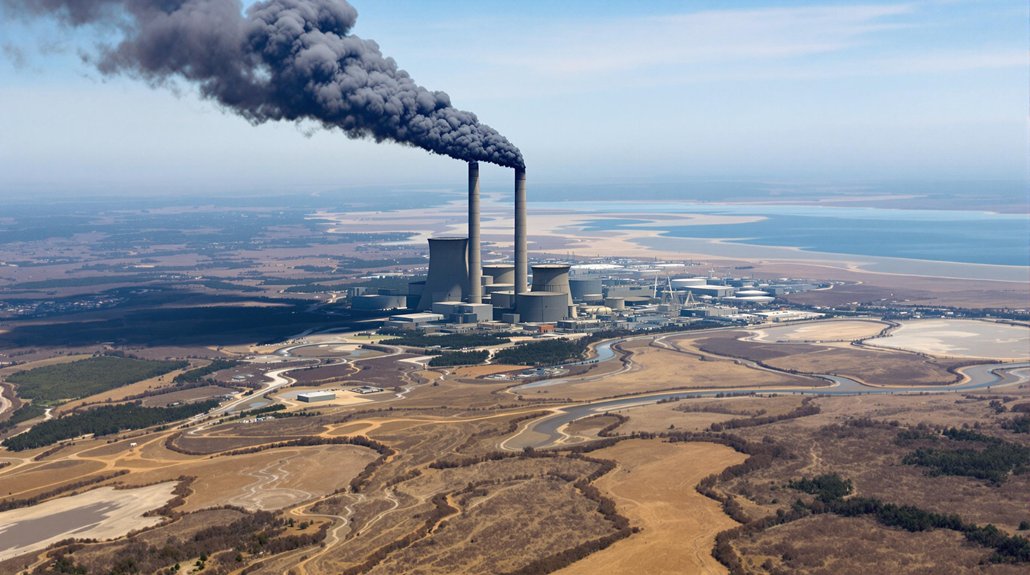Global climate change is primarily driven by human activities. Burning fossil fuels releases carbon dioxide that traps heat in the atmosphere. Deforestation reduces nature’s ability to absorb CO2. Industrial processes and cement production generate significant emissions. Transportation, including cars and planes, contributes heavily to the problem. While natural factors like solar cycles exist, they don’t explain recent warming patterns. These human-caused factors create feedback loops that may accelerate climate impacts.

While scientists continue to study Earth’s changing climate, they’ve identified several key factors driving global warming. Human activities, particularly the burning of fossil fuels, release large amounts of carbon dioxide into the atmosphere. This CO2 traps heat from the sun, warming the planet. Other greenhouse gases like methane from livestock and agriculture, nitrous oxide from fertilizers, and fluorinated gases from industry also contribute to this effect.
Deforestation plays a notable role in climate change. When forests are cut down, they can’t absorb carbon dioxide through photosynthesis. This means more CO2 stays in the air. Land clearing also disturbs soil, releasing stored carbon. Additionally, replacing forests with cities or farms changes how sunlight reflects off Earth’s surface.
Industrial activities are major contributors to greenhouse gas emissions. Factories burning coal, oil, and natural gas release CO2. Cement production, a necessary material for buildings and roads, produces large amounts of carbon dioxide. Chemical manufacturing and mining operations also release various greenhouse gases. The warming effect of certain industrial fluorinated gases can be up to 23,000 times greater than carbon dioxide.
The transportation sector adds notably to global emissions. Cars, trucks, planes, and ships burn fuels that release CO2. Aviation alone accounts for a significant share of global CO₂ emissions, particularly from regions with frequent flyers. As more people in developing countries buy vehicles, these emissions grow. Building roads and airports further supports carbon-intensive travel.
Farming practices affect climate change in several ways. Cows and sheep produce methane during digestion. Flooded rice fields also release methane. Fertilizers used to grow crops emit nitrous oxide, another powerful greenhouse gas. As farming expands into forested areas, more trees are lost.
Natural factors also influence climate patterns. Changes in solar radiation, volcanic eruptions, and shifts in Earth’s orbit affect global temperature. However, these natural cycles don’t explain the rapid warming observed recently.
Scientists worry about feedback loops that could accelerate warming. For example, as Arctic permafrost thaws, it releases trapped methane. As ice melts, darker surfaces absorb more heat. These processes could trigger further warming even if human emissions stop.
Frequently Asked Questions
How Long Will It Take for Climate Change Effects to Become Irreversible?
Some climate change effects are already becoming irreversible.
Sea level rise will continue for centuries, coral reef die-offs may be irreversible within decades, and species extinctions are permanent.
Scientists warn that tipping points could be crossed at 1-2°C of warming, with Greenland’s ice sheet near its melt threshold.
The next 5-10 years are critical, as delaying action increases the risk of permanent changes.
Can Individuals Make a Significant Difference in Combating Climate Change?
Research shows individuals can make a meaningful impact on climate change. When people reduce meat consumption, use public transportation, or improve home energy efficiency, their carbon footprints shrink.
Consumer choices influence companies to develop more eco-friendly products. Voting for climate-conscious politicians and participating in advocacy efforts help drive policy changes.
While one person’s actions may seem small, the collective effect of millions making sustainable choices adds up considerably.
Which Industries Contribute Most to Greenhouse Gas Emissions?
The energy sector is the largest greenhouse gas contributor, producing 75.7% of global emissions.
Electricity and heat production account for 30% of this total, with coal being a major polluter.
Transportation ranks second at 16.2%, mainly from road vehicles.
Industry takes third place with 21% of U.S. emissions.
Agriculture, forestry, and land use contribute 18.4% globally, with livestock and crop cultivation being significant sources.
How Do Natural Climate Cycles Compare to Human-Induced Climate Change?
Natural climate cycles occur over thousands to millions of years, while human-induced climate change happens in decades to centuries.
Today’s CO2 levels have risen from 280 to 419 ppm since the Industrial Revolution. This increase is happening 250 times faster than after the last ice age.
Carbon isotope analysis confirms these emissions come from fossil fuels. The current warming rate can’t be explained by natural factors alone.
What Technological Solutions Show the Most Promise for Mitigating Climate Change?
Renewable energy technologies like solar and wind power show strong promise for fighting climate change.
Solar efficiency has improved 20-25% in the last decade. Electric vehicles could cut transport emissions by 72% by 2050.
Carbon capture systems are expanding, with potential to reduce global CO2 emissions by 14% by 2050.
Smart grid technologies might decrease electricity use 6-8% annually, while building management systems cut energy consumption by 10-20%.
